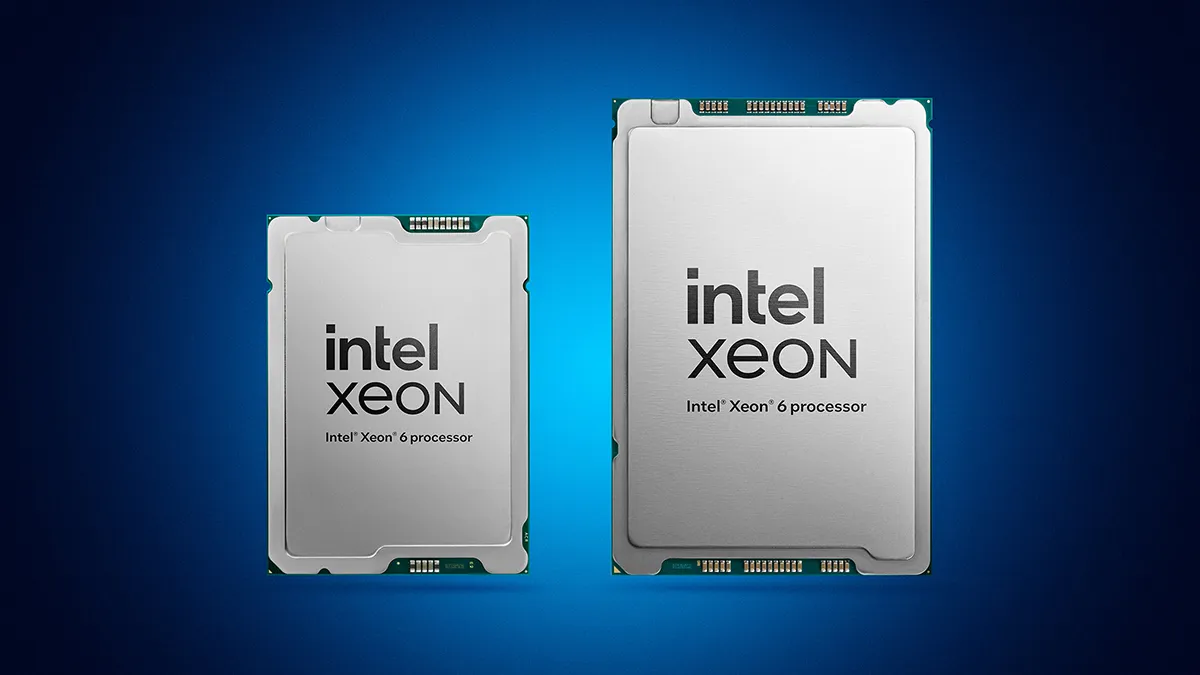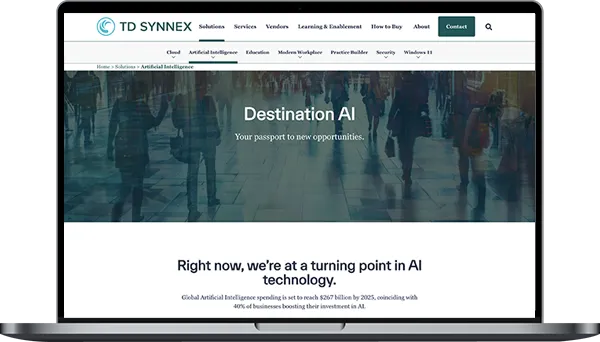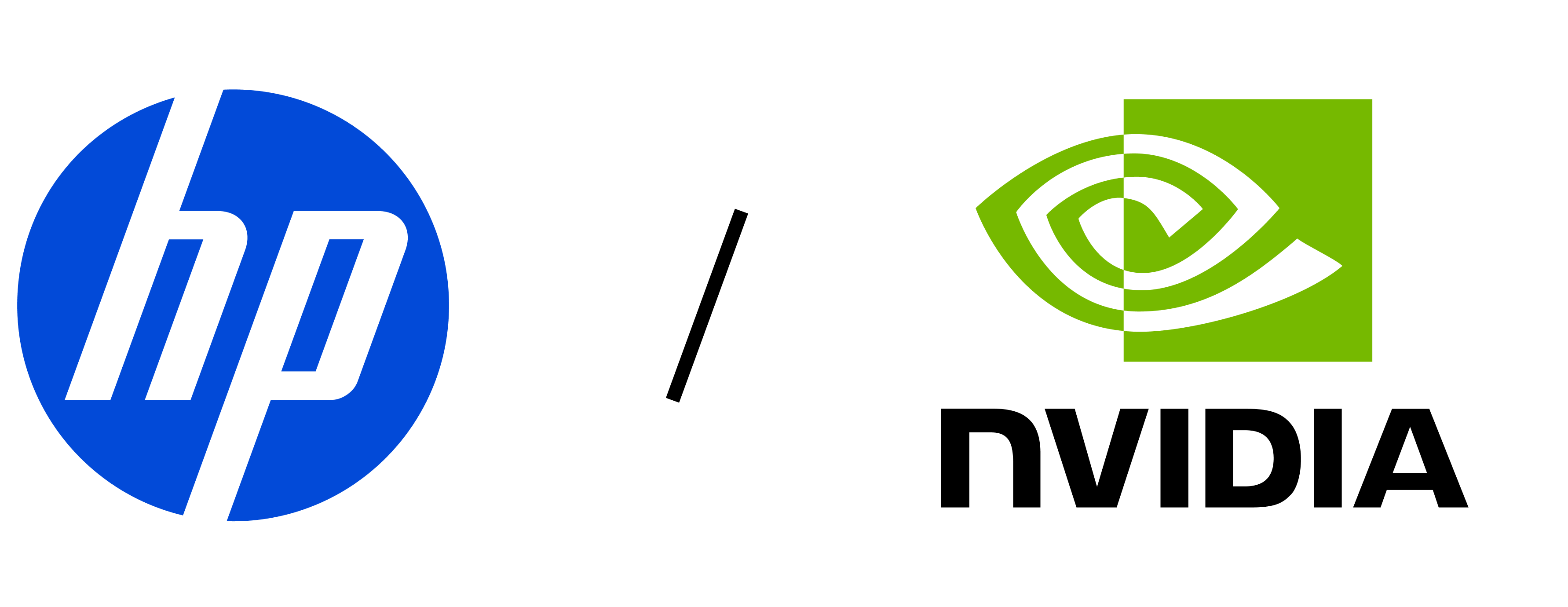
We spoke to Krzysztof Janicki, Data Centre and AI Sales Lead, EMEA at Intel about the new Xeon 6, why it’s going to deliver the best performance and efficiency in multiple workload scenarios – and why it’s ‘the best CPU for AI’
What’s new and different about the new Xeon 6 range?
The design principle of the Xeon 6 CPU is ‘workload-first’. We looked at the most popular and important workloads for our customers and developed an architecture to serve them in the best way. We have a platform that is highly diversified with multiple workload optimisations in the CPUs. We have various acceleration technologies that target AI and other requirements, such as encryption and data compression, for example.
We also have different types of cores – P Cores for performance and E Cores for energy efficiency. We also have faster memory [MRDIMMS] to provide extra bandwidth for AI and HPC. We also have single- and dual-socket and up to eight-socket versions for things like SAP HANA databases, and versions for edge and for SMB, so it’s a pretty broad portfolio.
Let’s say a customer has servers based on second-generation Xeon, which might be five or six years old – with Xeon 6 they can achieve much higher performance and energy efficiency and consolidate servers from maybe five or four to one
Of course, everyone expects a performance improvement with a new CPU and we have that as well. We have more cores, larger cache and the latest generation of PCI and DDR5 memory. We also have optimisations for security, power efficiency and more – there’s a long list. It’s an extremely versatile platform created with software in mind.

What is the main use-case scenarios for selling Xeon 6?
There are the three main scenarios for selling Xeon 6. The first is for data centre modernisation. Let’s say a customer has servers based on second-generation Xeon, which might be five or six years old – with Xeon 6 they can achieve much higher performance and energy efficiency and consolidate servers from maybe five or four to one, depending on the workload. This a very important scenario, especially if it’s combined with software modernisation.
The second is for AI and Xeon 6 is the best CPU for AI – both for processing smaller language models and when you need a CPU to act as a host for accelerators, so there are two scenarios there really.
The third is for running higher density servers for cloud native workloads, where you are making use of multiple microservices and containers. Here the E Core solutions are ideal as you need low power for those higher server densities.
There are others, such as hardware-based security for instance, but these are the three main ones.
In many data centres there are both space and power constraints, and everyone is also being asked to provide more AI capability. In this situation, you could consolidate several servers onto the E Core, saving energy and physical space
How is Xeon 6 relevant to the SMB market?
For smaller businesses who want to run ERP or CRM software, or print servers, for example, we have the Xeon 6300 family, which originates from the desktop architecture, but with server-grade reliability and manageability features. Interestingly, our primary target here is SMB on-premises and also entry-level cloud services. It’s all part of the same family.

Is it always going to be obvious where the P Core and E Cores fit?
The nature of the workload will dictate that to a large extent, but there are also going to be some interesting combinations. For example, in many data centres there are both space and power constraints, and everyone is also being asked to provide more AI capability. In this situation, you could consolidate several servers onto the E Core, saving energy and physical space, which you can them use to deploy P Core CPUs to drive AI acceleration workloads.
In core networks, E Core is particularly interesting for telcos consolidating workloads in virtual machines or containers and we have OEMs that are implementing this type of architecture. Then also, on the edge, we have a dedicated SoC (System on a Chip) version of the P Core that has special acceleration capabilities for media or telco applications, for example. There are a lot of possibilities.
Xeon 6 works really well for machine learning, neural networks and smaller language models, as well as a host for AI acceleration
What is it that makes the Xeon 6 ‘the best’ for AI?
We have dedicated AI matrix registers on the core for AI on the Xeon 6 – and that’s something only Intel has in a general-purpose CPU. That turns the Xeon 6 into an acceleration device for AI, but by integrating popular software libraries, we make it easy to use. For the host CPU scenario, we have a lot of PCI lanes and memory and good core performance, and we have a partnership with NVIDIA to validate Xeon 6 for acceleration. So Xeon 6 works really well for machine learning, neural networks and smaller language models, as well as a host for AI acceleration. This is where customer organisations are channelling most of their investments in AI.

Where are you seeing early adoption of Xeon 6?
It’s quite a versatile platform and we have seen deployments of the 6900P version targeting HPC – which was launched a little earlier – for public sector research and in the automotive industry, for example. We’ve also seen Xeon 6 being used as a host CPU alongside NVIDIA GPUs. With E Core we have seen interest from telcos and cloud providers. It’s a universal platform and we expect to see adoption across the board – in the financial sector, media and other industries.
We are training TD SYNNEX pre-sales teams so that they can support partners, and we have dedicated business development resources in place
How can partners get a better understanding of Xeon 6 and its potential?
We are training TD SYNNEX pre-sales teams so that they can support partners, and we have dedicated business development resources in place. We are adding Xeon 6 to TD SYNNEX’s Server Selector too, so partners can configure servers using Xeon 6. We have remote testing capabilities, and we will be supporting TD SYNNEX webinars and other events. If partners want to learn more about Xeon 6, they should get in touch with the TD SYNNEX team.
Destination AI from TD SYNNEX is our comprehensive end-to-end programme designed to help you and your customers get ahead of the AI curve.

Read more of our latest Artificial Intelligence stories



